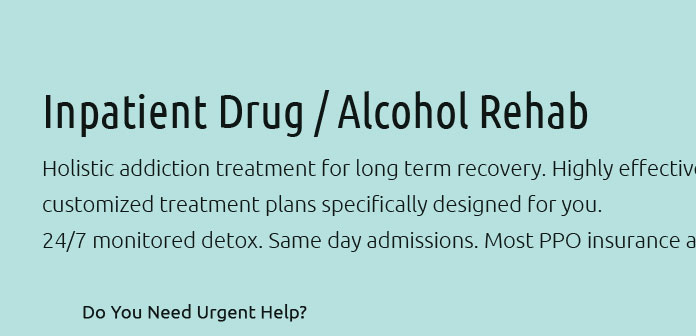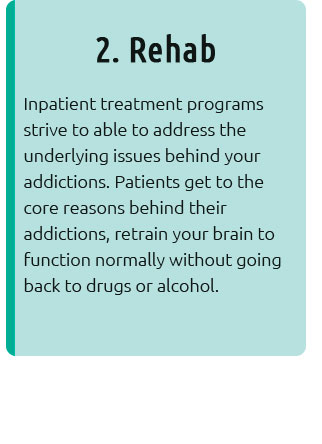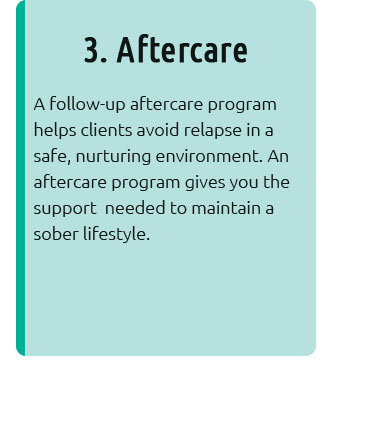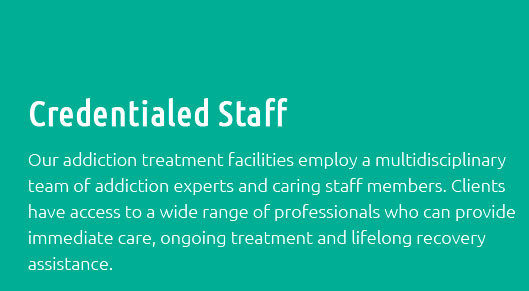 |
 |
 |
 |
 |
 |
||
 |
 |
 |
 |
 |
 |
 |
||
 |
||
 |
||
 |
 |
 |
|
 |
|
|
Welcome to a transformative journey where your past doesn't define your future-our inpatient drug and alcohol rehab program offers a sanctuary for those seeking genuine change, with cutting-edge alcohol use disorder treatment options tailored to empower you every step of the way, blending innovative therapies with compassionate care to not just break free from addiction, but to rediscover your true self and embrace a life of health, purpose, and unyielding resilience.
https://www.frontiersin.org/journals/psychiatry/articles/10.3389/fpsyt.2022.767506/full
Alcohol Use Disorder (AUD) is a chronic psychiatric disorder marked by impaired control over drinking behavior that poses a significant challenge to the ... https://www.samhsa.gov/substance-use/treatment/options/medications
The Food and Drug Administration (FDA) has approved several different medications to treat Alcohol and Opioid Use Disorders. https://www.aafp.org/pubs/afp/issues/2020/1001/od1.html
Acamprosate and naltrexone should be used as first-line agents for treatment of alcohol use disorder and are effective for reducing relapse ...
|